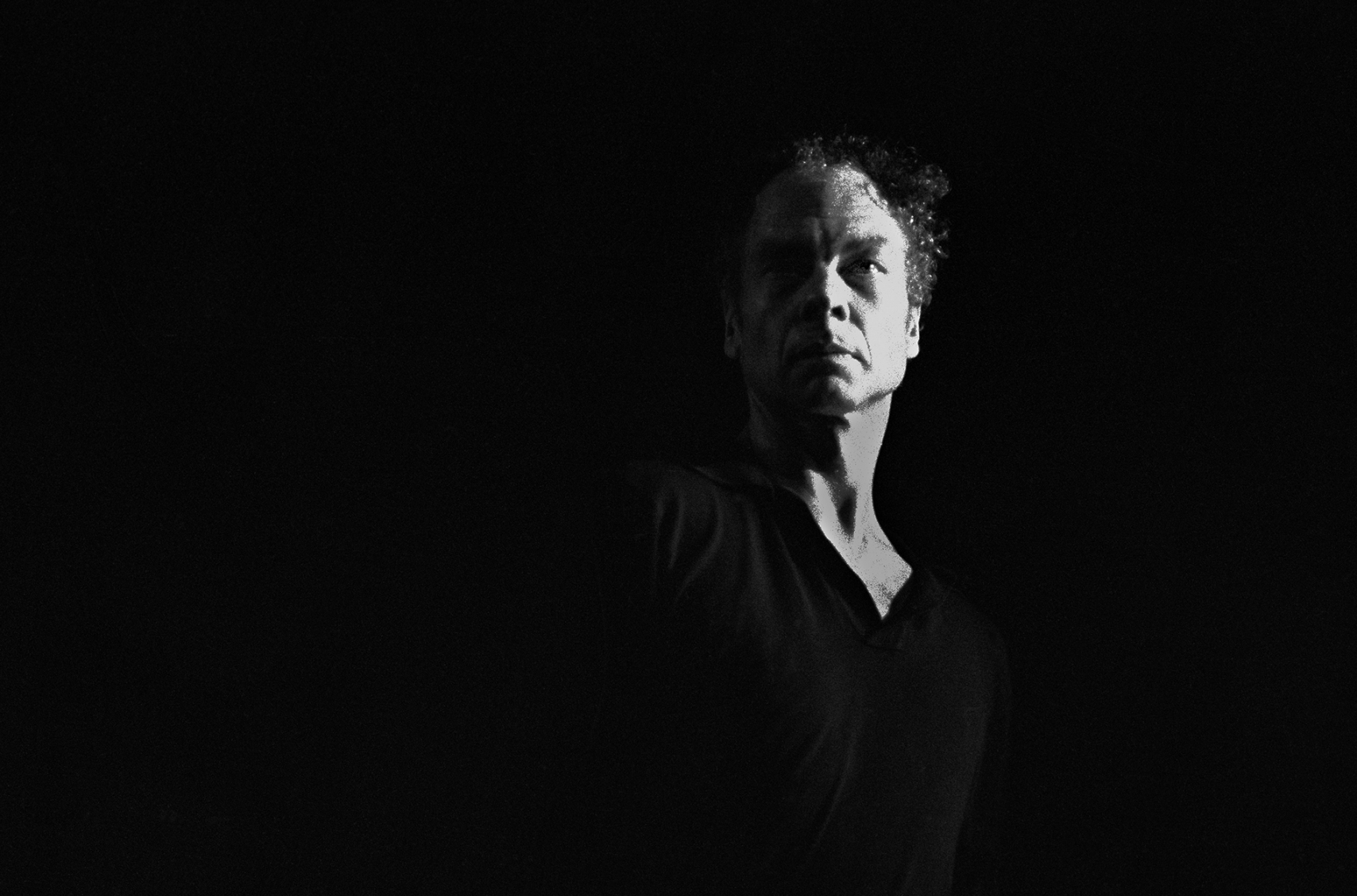During its very first edition in 1972, the Festival d’Automne à Paris hosted an event by Merce Cunningham, setting in motion a long relationship that lasted until 2009 and Nearly 90, the American choreographer’s last piece. The Festival’s founder, Michel Guy, was one of the most fervent advocates of what was then a little-known and frequently misunderstood new form of dance. This in turn brought about visibility and recognition for Cunningham’s work amongst French audiences. To mark the 100 years since his birth, the Festival d’Automne will be presenting us with some of the landmarks in this shared adventure spanning half a century. It will be paying homage to an individual who changed the course of 20th century dance, and thrusting it into the folds of modernity via a fruitful dialogue between music, visual arts and cinema.
Whenever we hear Merce Cunningham’s name, what springs to mind first is abstraction, and artistic collaboration. We visualize the unitards, with all their variations in colour and shape. We build up a mental picture of the spatial constructions, similar to abstract paintings, and the flow of movements across the stage. We think back to how, towards the end of his life, no longer able to dance himself, he used digital technology to develop movement models. In short, his name conjures up the image of an extraordinarily wide and varied choreographic offering. But whilst we cast our minds back to these images, we must never forget what was so experimental about his work. By shedding its folkloric narrative core and theatricality, he overturned the codes of dance. The various events stick in our minds, chance occurrences, and collaborations with avant-garde artists of the time such as Marcel Duchamp, Jasper Johns, Robert Rauschenberg, Andy Warhol, and La Monte Young. With his radical approach and insistence on artistic freedom, his work broadened the scope of dance. Alongside him, giving him support, was the figure of John Cage, his companion, musical director and closest collaborator.
Tackling such a diverse range of work as Cunningham’s involves going beyond the purely formal aspect of his work. Only then can we begin to grasp the coherence of a body of work anchored in an extremely precise theory of space, time and the place of the body in the history of modern art. Indeed, Cunningham wrote dance – over two hundred pieces between 1942 and 2009 – but he also wrote about dance, formalising, from a very early stage, the major principles which were to structure his work. An exceptional dancer himself, he used his own body as the basis for rethinking the possibilities of human movement and then extended his findings to dancers in his company. When he left Martha Graham’s company in 1939 in order to develop his own work, he began by laying the foundations of what were to become constant factors in his approach to choreography: the refusal of intentionality or psychologizing of movement, and the binding together of time and space in an entirely new way. In order break free of the yoke of traditional staging based on perspective, he opened it up to other variants and combinations. This shift in perception freed up the process of composition, enabling audiences to view the different onstage bodies in equal terms. From this point of view, the use of chance occurrences - which played a role in all the different parameters of his compositions – was proof of Merce Cunningham’s unflinching will not to allow the fluctuations of the artist’s ego to interfere with the creative process. This would allow him to better concentrate on the qualities of the medium itself: movement, its materiality and the infinite possibilities it sets up.
Today, the profusion and variety of all the different experiences created by Cunningham – for and based on dance – has given rise to an artistic heritage torn between different, at times antagonistic, tendencies. Some see in him the birth of contemporary dance in terms of its questioning of the gesture itself and rigorous composition. Whilst for others, Cunningham was above all an innovator, who, alongside John Cage, laid down the foundations of post-modern dance. Thus, there are two Cunninghams: the creator of new ways of moving, and of envisaging relationships between limbs, spine and head; and as an instigator of change, who used improvisation and chance occurrences to break down walls between disciplines. True, however, to the Zen principle of “non-separation” which guided his work, these different facets and the cohabitation between them were a constant part of his body of work – a sixty year-long creative process during which time he constantly renewed his approach to aesthetics and collaborations.
Cunningham himself was conscious of the ambivalent nature of his heritage. In the words of Yvonne Rainer, who was one of his pupils before founding post-modern dance with other members of her company - Steve Paxton, Trisha Brown, and Lucinda Childs -, Cunningham considered the members of Judson Church more as “John’s babies, not his”. Cunningham’s work forms a crossroads. Like Marcel Duchamp, John Cage, and all those artists whose creative drive changed the course of art in the XXth century, he changed the shape of dance. Re-worked and re-interpreted by a multitude of artists and institutions, this tribute is the opportunity for audiences to experience a panorama of all the different Merce Cunninghams.
This portrait is dedicated to the memory of Bénédicte Pesle. She was instrumental in giving French audiences their first taste of Merce Cunningham’s work and accompanied him for the rest of his life.
––––––
The Merce Cunningham Portrait is presented by the Fondation d’entreprise Hermès as part of its New Settings programme.
In partnership with France Inter et ARTE
With support from Judith Pisar

